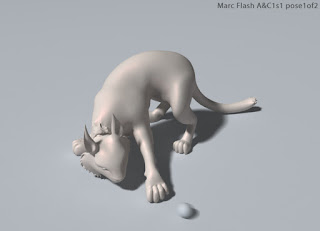I saw an animation student concerned that their assignment was counted as late because it was submitted seconds after the upload deadline. The deadline is the start of that minute, not the end. It's not the first time I've seen issues like this. You can not control the speed of internet servers. You can control when you click the button to upload.
Here's some time management tips:
All the tasks have to be completed on time. They don't have to be perfect.
Do the short tasks first. If you do the long tasks first, then the short tasks can pile up at the end because you keep trying to improve the long tasks' results, and you risk running out of time to complete all the tasks.
Submit versions of the tasks early. They don't have to be perfect or even have all the obvious problems fixed. You can submit improved versions to replace the early versions, as long as it is well before the deadline. You're more likely to catch problems early via the advice of others than if you wait until close to the deadline.
If you're close to the deadline, and you've got an improved version you'd like to upload, but you also already uploaded an earlier version, consider not uploading the newer version. To decide, ask yourself if the newer version is really an entire letter grade better. It usually will not be that much better, so it won't be worth the grade deduction for a late submission.
Think about the reasons why you can't turn in work late at a studio. If your animation is late, will there be enough time for the rendering or any of the many other tasks that other people have to complete in time for their deadlines? The people doing the modeling and rigging and other tasks that have to be functionally complete for you to animate have to consider you the same way. The key factor here is the need for tasks to be functionally complete on time for the following tasks to also be functionally complete on time.
Don't let scope creep keep you from completing tasks, especially before you have a functionally complete version of your task submitted. Maybe you can add features to plus your results after you've got the task functionally complete and submitted if there's still time (and money).
Refer to The Cult of Done Manifesto for reasons hopefully self explanatory in the name. It's 13 points that can guide you to being done, which is generally desirable.
https://medium.com/@bre/the-cult-of-done-manifesto-724ca1c2ff13
https://medium.com/@bre/the-cult-of-done-manifesto-724ca1c2ff13









































